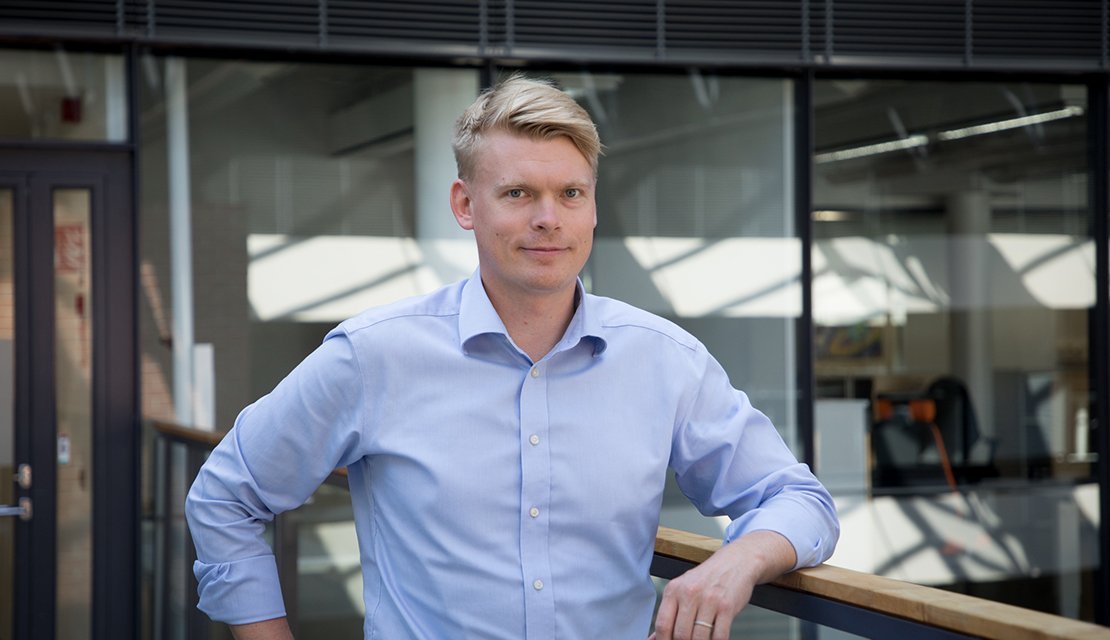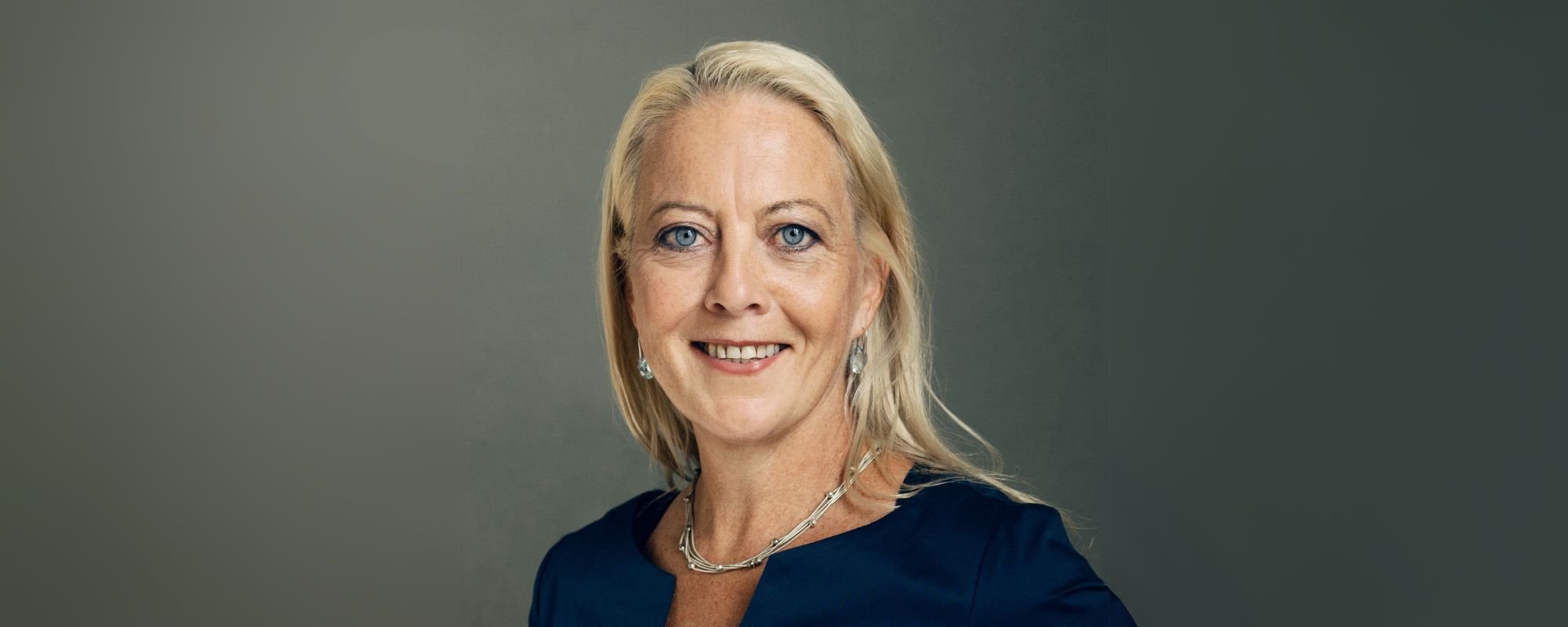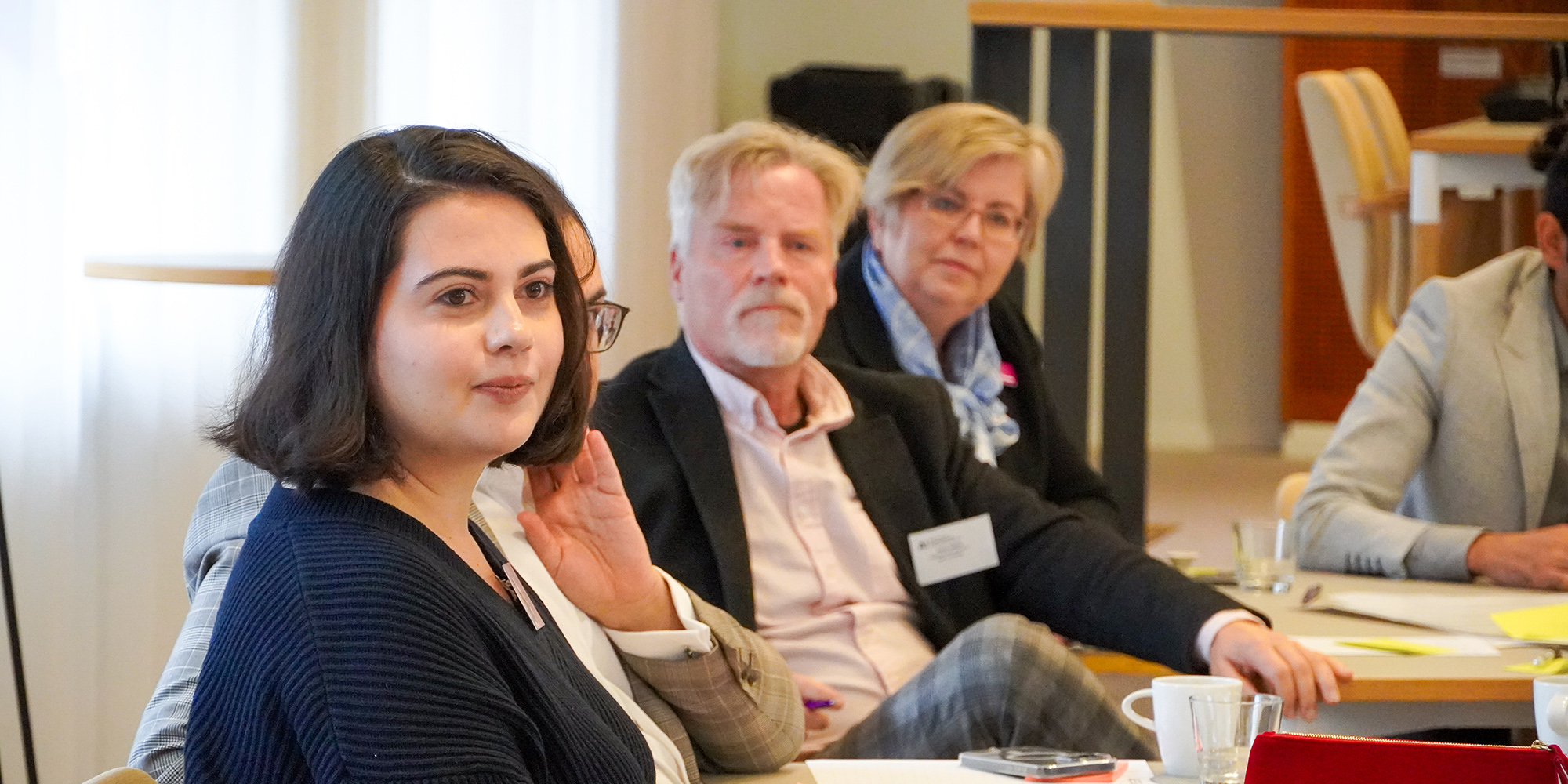“When companies focus on highly innovative products, issues such as time, local production and competence are highlighted – and a cost premium for responsiveness may be justified,” explains Saarinen.
Saarinen works as an Assistant Professor at the Department of Industrial Engineering and Management at Aalto University. Prior to joining academia, he built a career in consulting.
As a consultant Saarinen was frustrated by the lack of local production and started looking into ways to make manufacturing profitable in high-cost countries.
“This got me into researching the subject, writing a Ph.D. and teaching. It wasn’t my planned course of action, but the subject is so fascinating I got carried away,” Saarinen says with a laugh.
Justifying a cost premium
Saarinen is currently working with data sets from Finnish, North American and Swiss case companies, and using modeling and simulation to build analytical and theoretical models to help operations management find new pockets of growth.
When demand is uncertain, producing prior to definite demand is always risky.
When what you do brings added value to the customers – and added trust – there are customers happy to pay a cost premium."
“With shortening product life cycles and widening product portfolios, being more responsive can be surprisingly valuable. For some consumer goods there might be as many as 12 seasons a year. If it takes 4-5 months to deliver a product, production is essentially based on guesswork,” Saarinen notes.
If consumers are not interested in what’s offered, the products get thrown away, burned or shipped elsewhere. This is neither profitable nor sustainable.
“There is also the easily overlooked cost of lost sales as the other side of this mismatch. The costs of lost sales and clearing excess create an opening for being competitive with responsiveness,” he underlines.
In certain industries, customization closer to the client is so essential, traditional supply chains have flipped over.
”I came across a Finnish company customizing Chinese-built excavators for European companies. When what you do brings added value to the customers – and added trust – there are customers happy to pay a cost premium,” Saarinen remarks.
Innovations follow manufacturing
MIT Professor of Economics David Autor has reasoned that R&D and manufacturing tend to be complements rather than substitutes. Saarinen notes that the solar panel industry is a particularly good case in point: innovations followed manufacturing to China.
“Some 10 years after solar panel production predominantly moved to China, the vast majority of related patents are also coming from there,” Saarinen explains.
“And in solar panel manufacturing, the most critical inventions have to do with the production itself. These trade secrets are not patented. This all goes to show how R&D and innovations follow production – and we all know that prosperity soon follows suit,” he continues.
Meeting heightened customer needs
Operations managers are used to doing their all to fulfill predetermined demand. Saarinen points out that interesting things can happen when data analytics helps turn the tables.
When you use data analytics to model manufacturing capacity, you may identify opportunities for more flexible production."
“What would happen if R&D and sales were brought into a meeting and told that production has a free slot during Friday afternoons? They might immediately be able to suggest business opportunities for customized products,” Saarinen points out.
“When you use data analytics to model manufacturing capacity, you may identify opportunities for more flexible production. This in turn can open up possibilities for meeting completely new customer needs, which may yield considerably higher profit,” he adds, and points out that the further standardized a product is, the easier it is for others to copy.
Will Finland have more manufacturing 10-20 years down the road?
Saarinen sees this as a genuine possibility.
“There is plenty of robotics expertise in Finland. Combine it with 3D printing, innovation and flexibility and the meaning of labor costs diminishes to almost nothing,” he states.
”Future factories will require little manpower but great technology. The small number of people these factories employ will be very highly educated and very well paid. Why not have the factories here in Finland?” Saarinen asks.
Lauri Saarinen is teaching in Aalto PRO’s Diploma in Operations Management program 2020. The program explores production strategy as part of a company’s business strategy. The program provides a broad toolkit for each level of production and helps participants to develop operations already during the program. The program is held in Finnish. Learn more about the program.





















